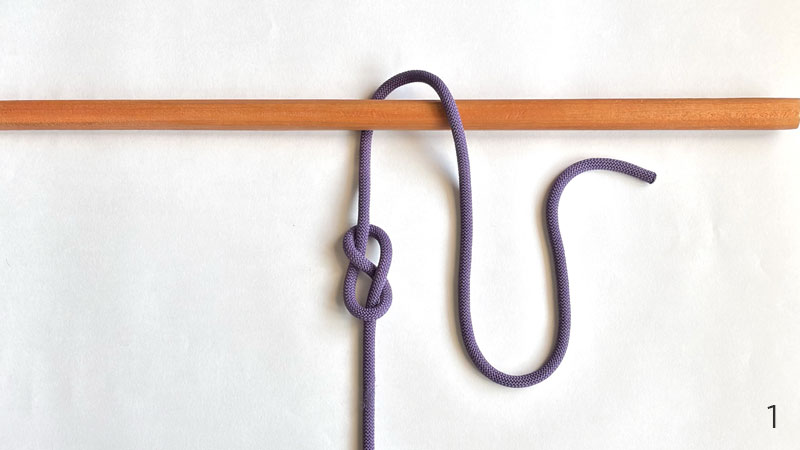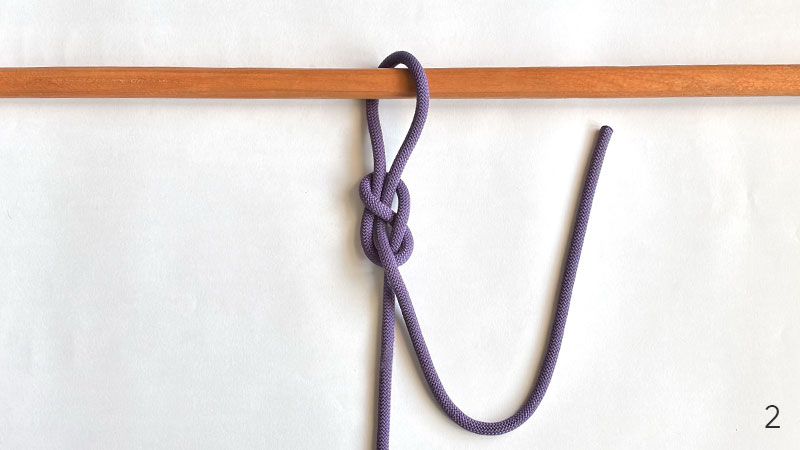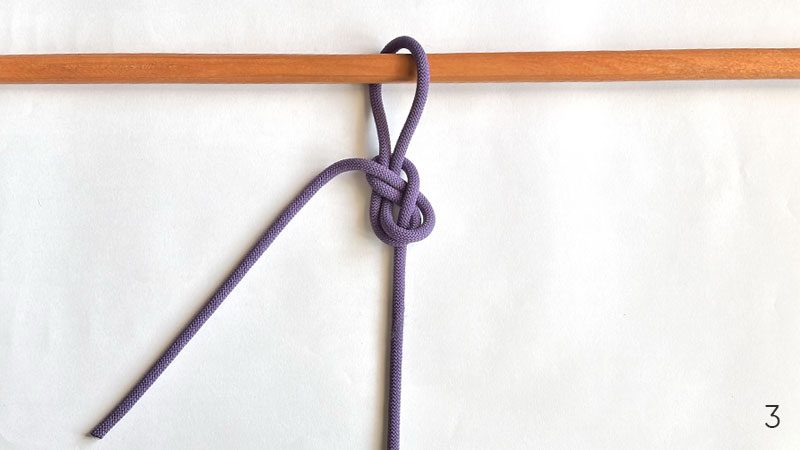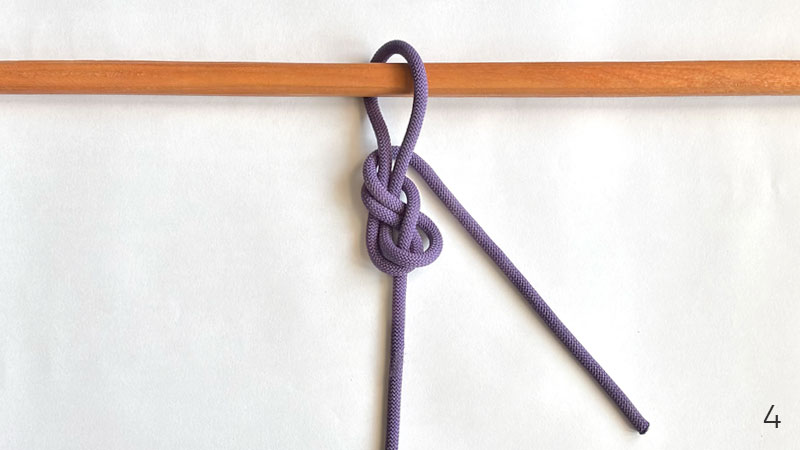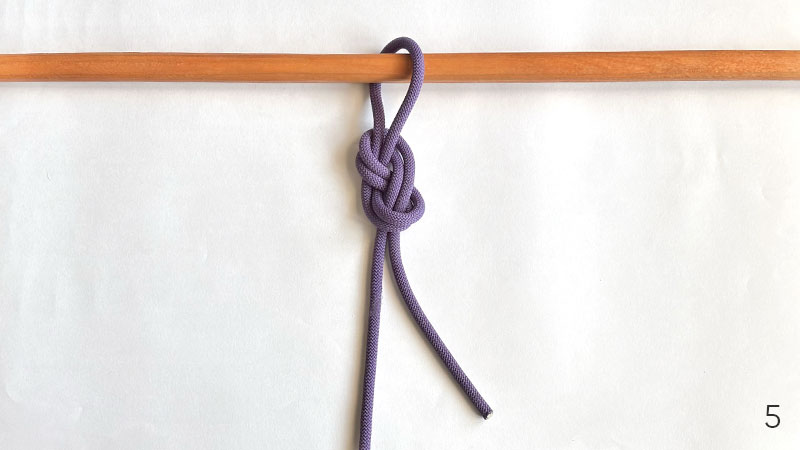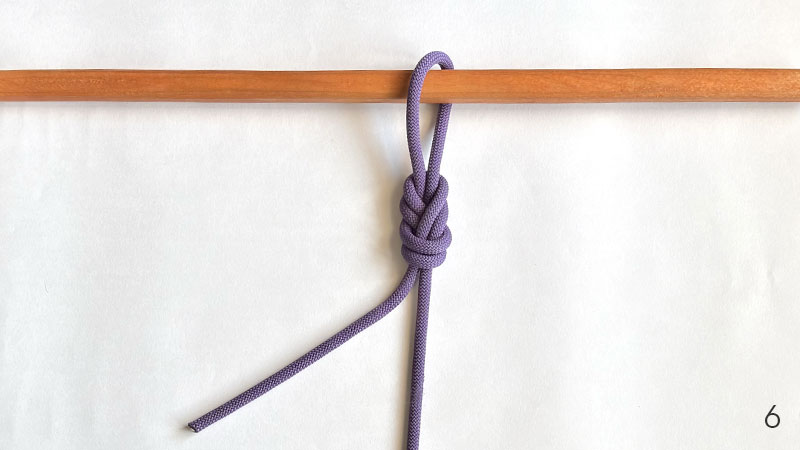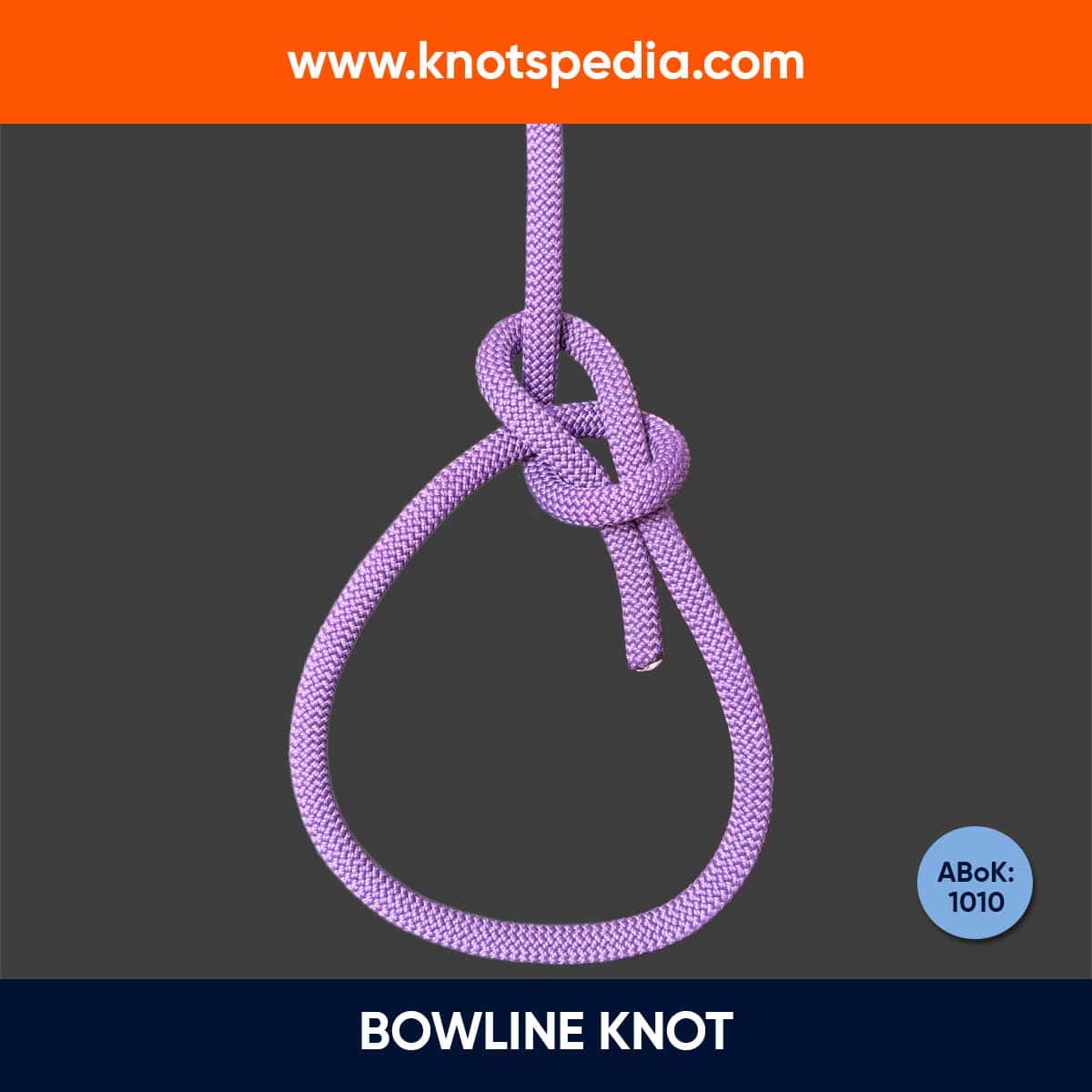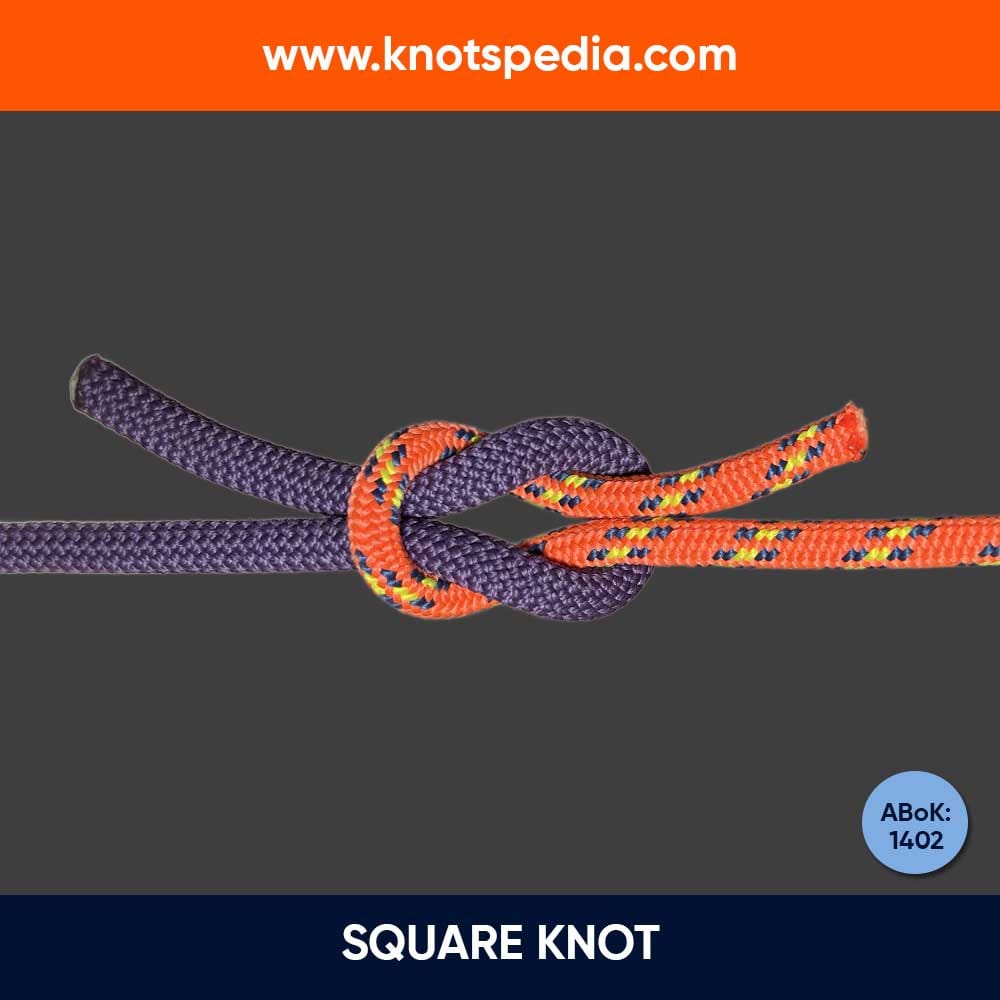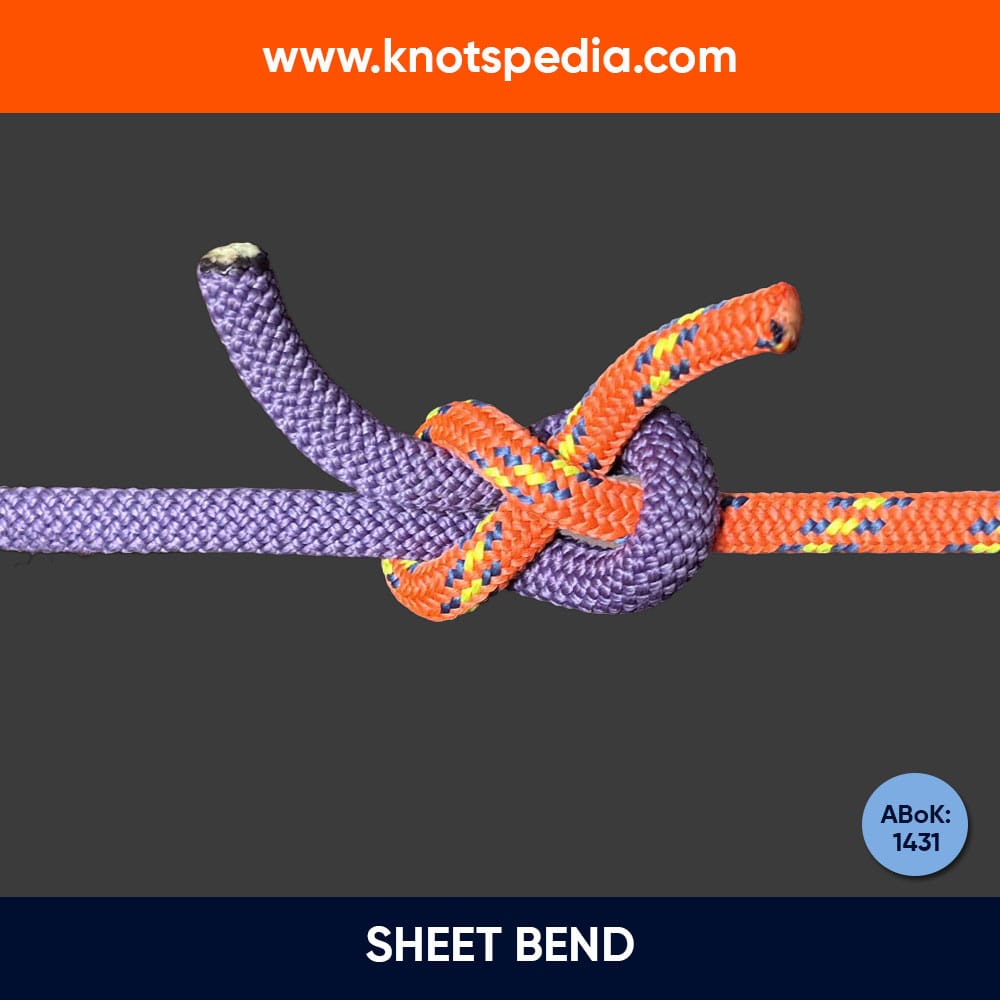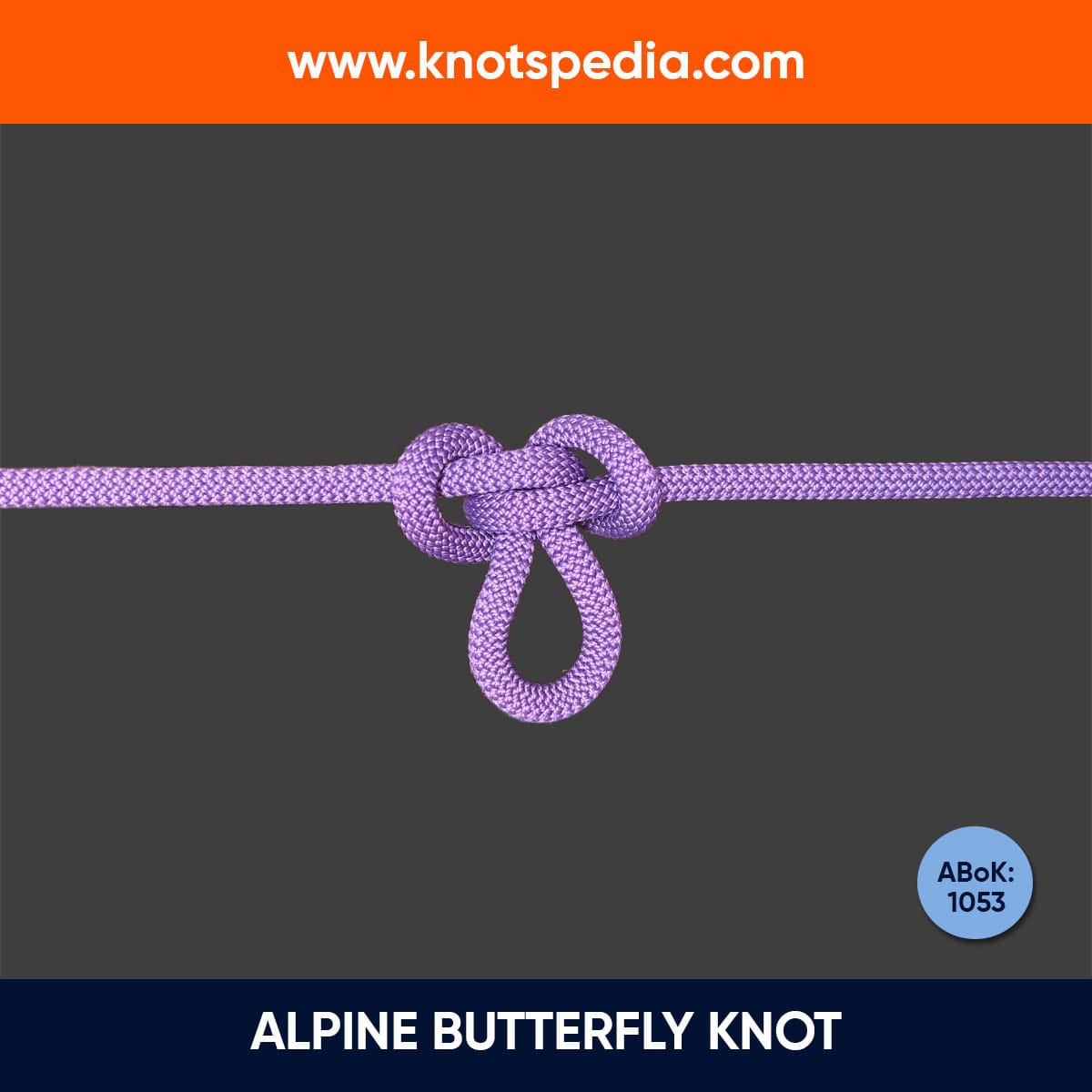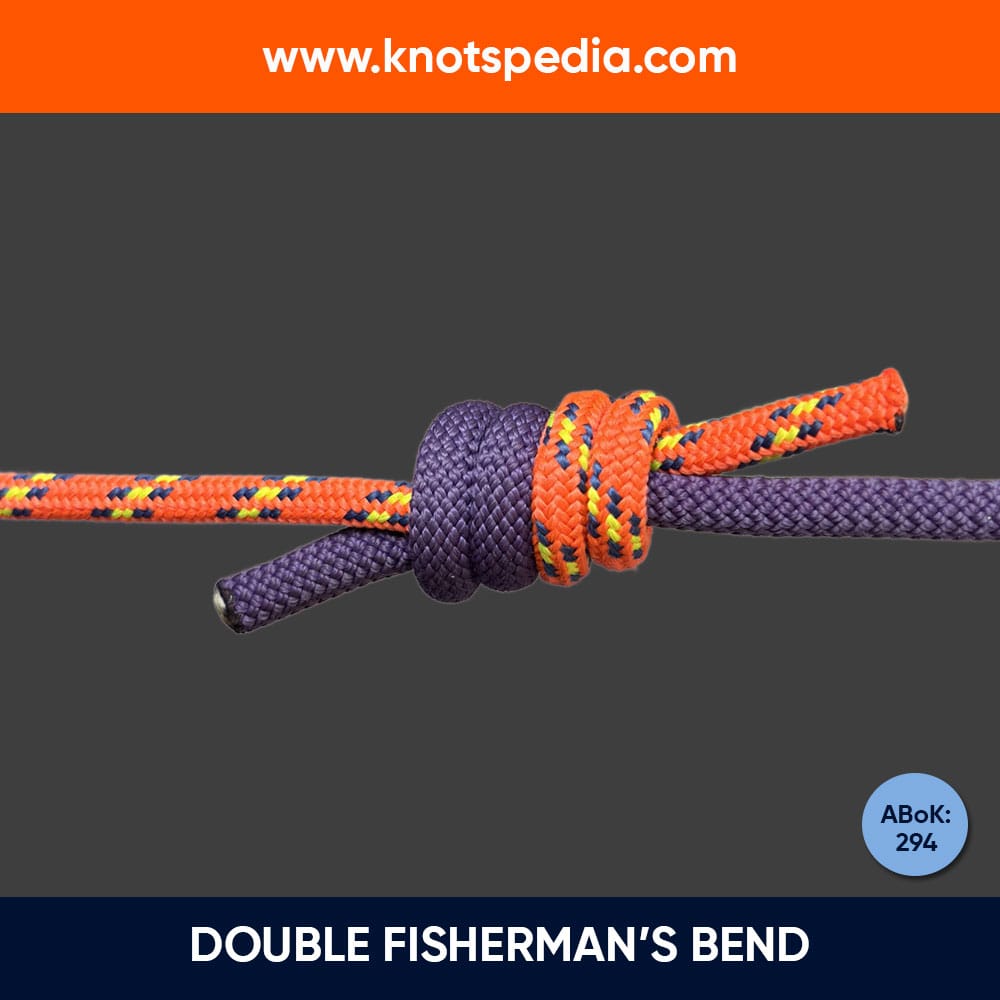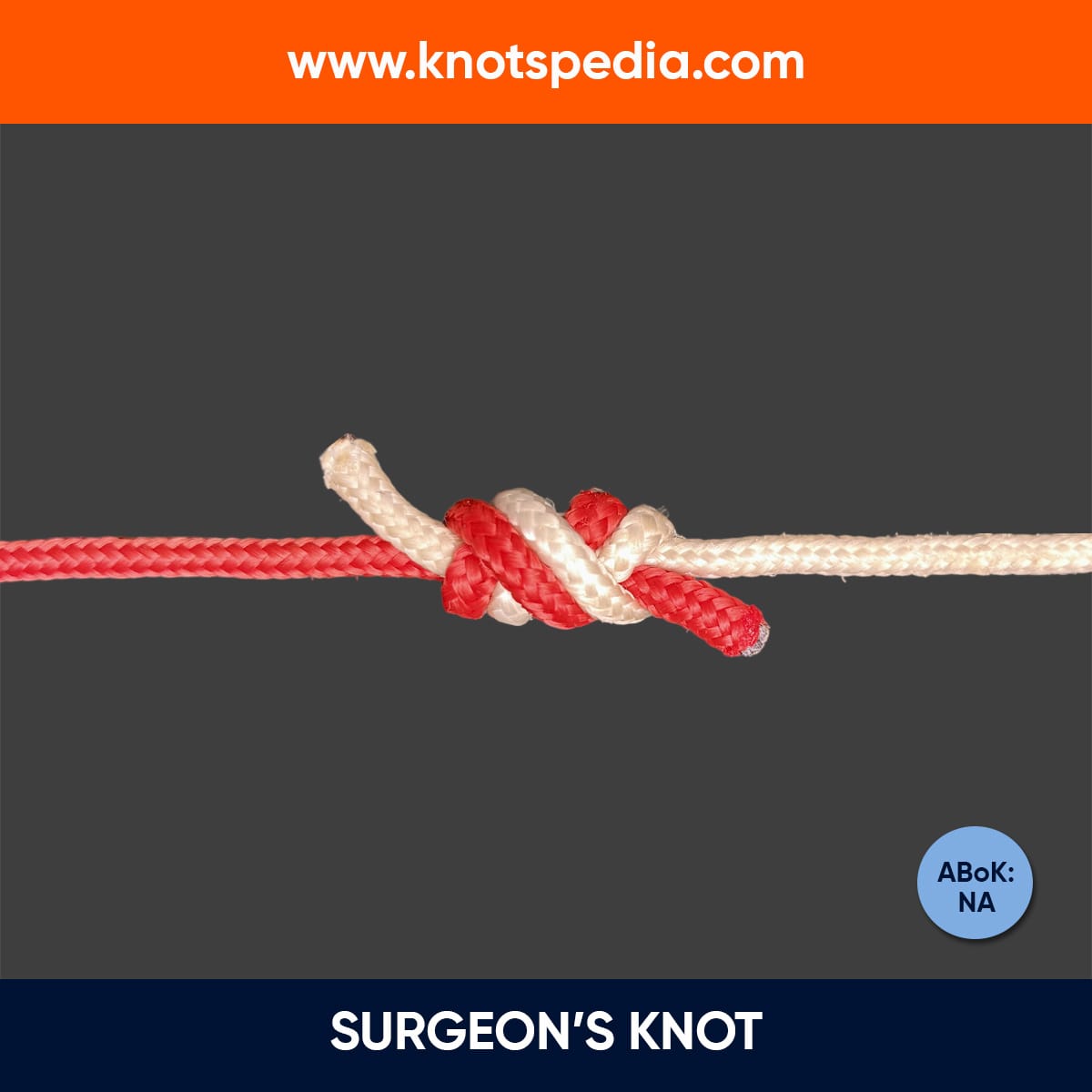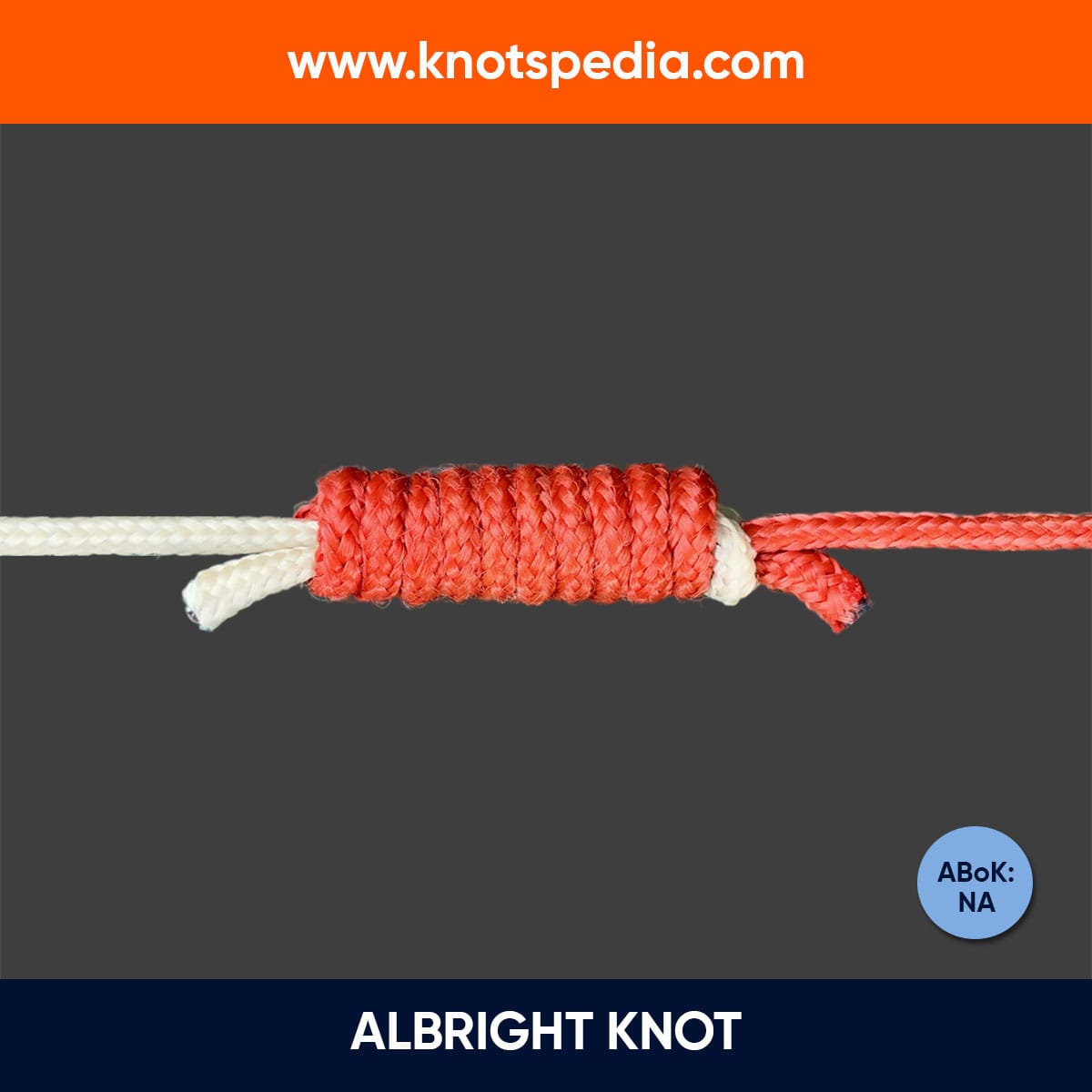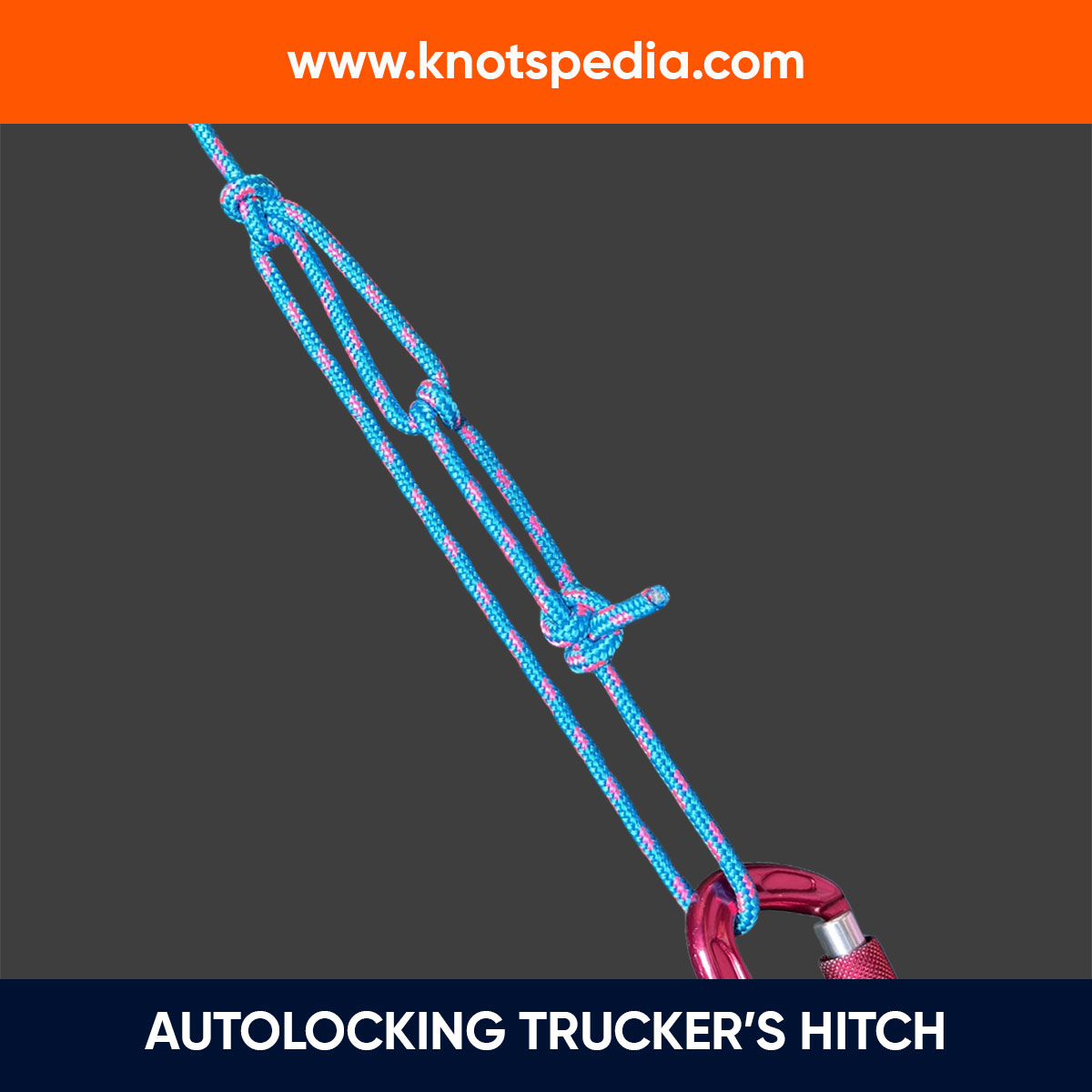The Figure 8 Follow Through Loop is a classic way to create a Figure 8 loop.
It’s a go-to tie-in knot for connecting rope to a ring, a carabiner, or your own harness.
Why? It’s easy to tie, untie, remember, and double-check.
Let’s check it in detail.
Figure 8 Follow Through Loop Details
Type: Loop
Other Names: Trace Eight Knot, Figure Eight Re-thread
ABoK Reference: #1047
How to Tie the Figure 8 Follow Through Loop
- Tie a loose Figure 8 knot and wrap it around the anchor (harness or ring).
- Thread the tail back through the knot, following the rope’s original path. First, pass it through both loops.
- Then, pass it through the upper loop.
- Take it behind the upper loop again.
- Pass it next to the upper line through the lower loop and parallel to the standing end.
- Pull each rope end to tighten.
Figure 8 Follow Through Loop Step by Step
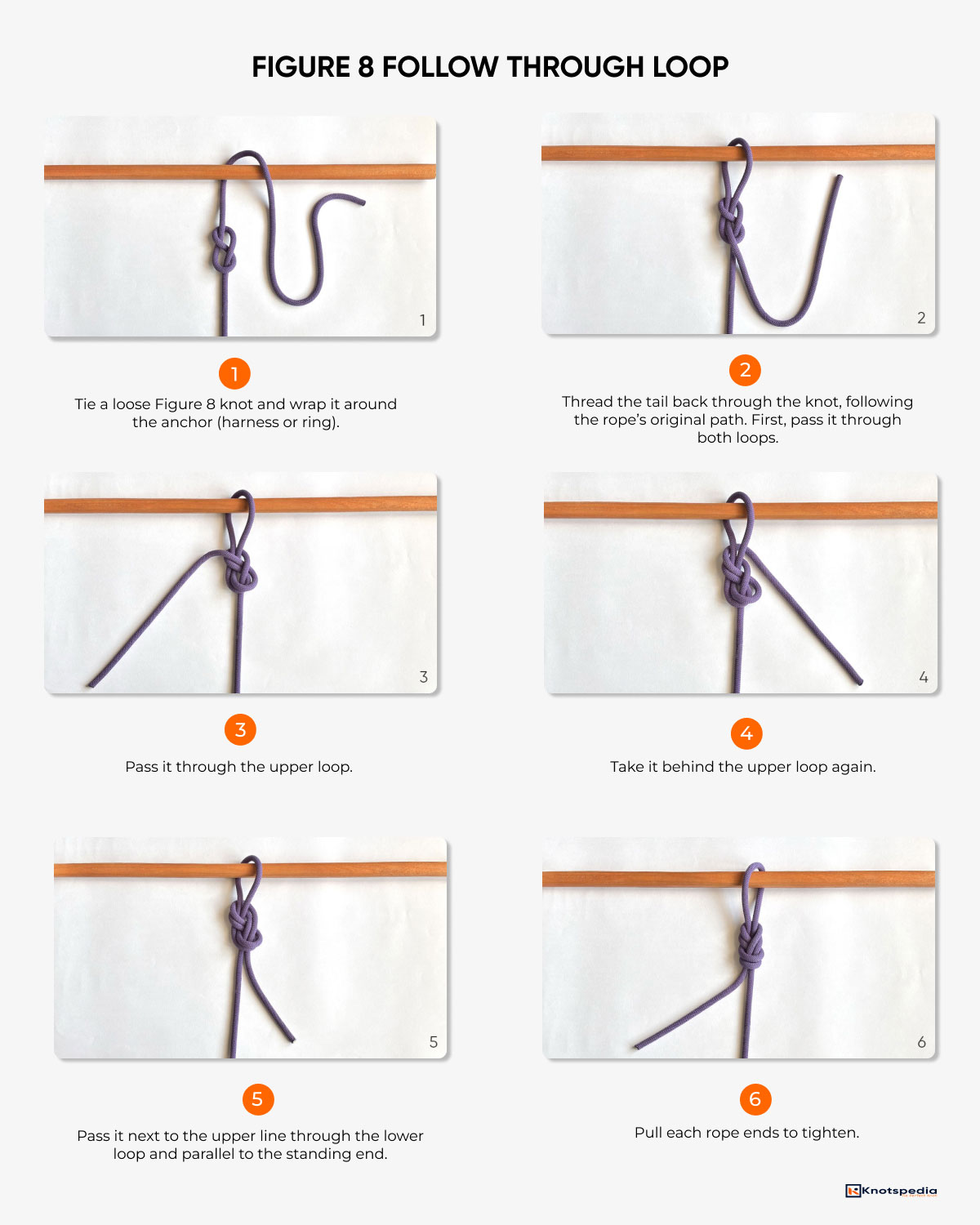
Getting it Dressed RIGHT
Wondering if you tied this knot correctly?
It’s simple: if it resembles a Figure 8, you’ve tied it correctly.
Here’s what you can check:
- Check for three sets of parallel strands next to each other on both sides.
- All strands should be tidy and parallel with no crossing or twisting.
If your knot has a crossed strand, it does not make the knot any weaker per se.
But remember that a properly dressed and tightened knot makes the untying much easier.
Tail Length Matters
The length of the tail should be of proper size—not too SHORT not too LONG.
It should be running up out of the top of the knot with at least 6 inches (15 cm) of excess.
If you end up with a too short or a too long tail, here’s what you should do:
- If you end up with a short tail length, there is a chance of the extra rope sliding through the knot and reducing the integrity of the knot. So, it’s better to start over and tie the knot again.
- If your tail is longer, you can tie a backup knot and manage the excess length.
Should You Tie a Backup Knot?
YES and NO.
This is a hot debate in the climbing world.
People always argue if we should dress the knot well or tie a backup knot.
If tied and dressed properly with enough tail, the Figure 8 Follow Through does not need a backup knot.
But, if you want extra security, tie an Overhand knot or Single Fisherman’s knot.
That said, the backup knot should never be a substitute for safety. It does not increase the security of the main knot.
Strength
The Figure 8 follow through is one of the strongest tie-in knots.
According to Mountaineering: Freedom of the Hills, it retains 75- 80 % of the rope’s original strength.
It’s pretty secure enough.
Pros & Cons
- Strong and reliable.
- Easy to tie and double-check.
- It can jam and be hard to untie after bearing weight.
Applications and Uses
It is one of the most used knots in climbing. It’s the knot every climber should learn to tie.
- Create a loop at the end of the rope that is used to attach a rope to a harness.
- Dock a boat to a post.
- Arborists and firefighters also use this knot to tie ropes around trees and other objects.
Other Similar Knots
Double Bowline
The Double Bowline is one of the tie in knots recommended for climbing, besides the Figure 8 Follow Through loop.
This knot is not widely known or used as the Figure 8.
It needs more time and skill to inspect if it is tied correctly, even for experts.
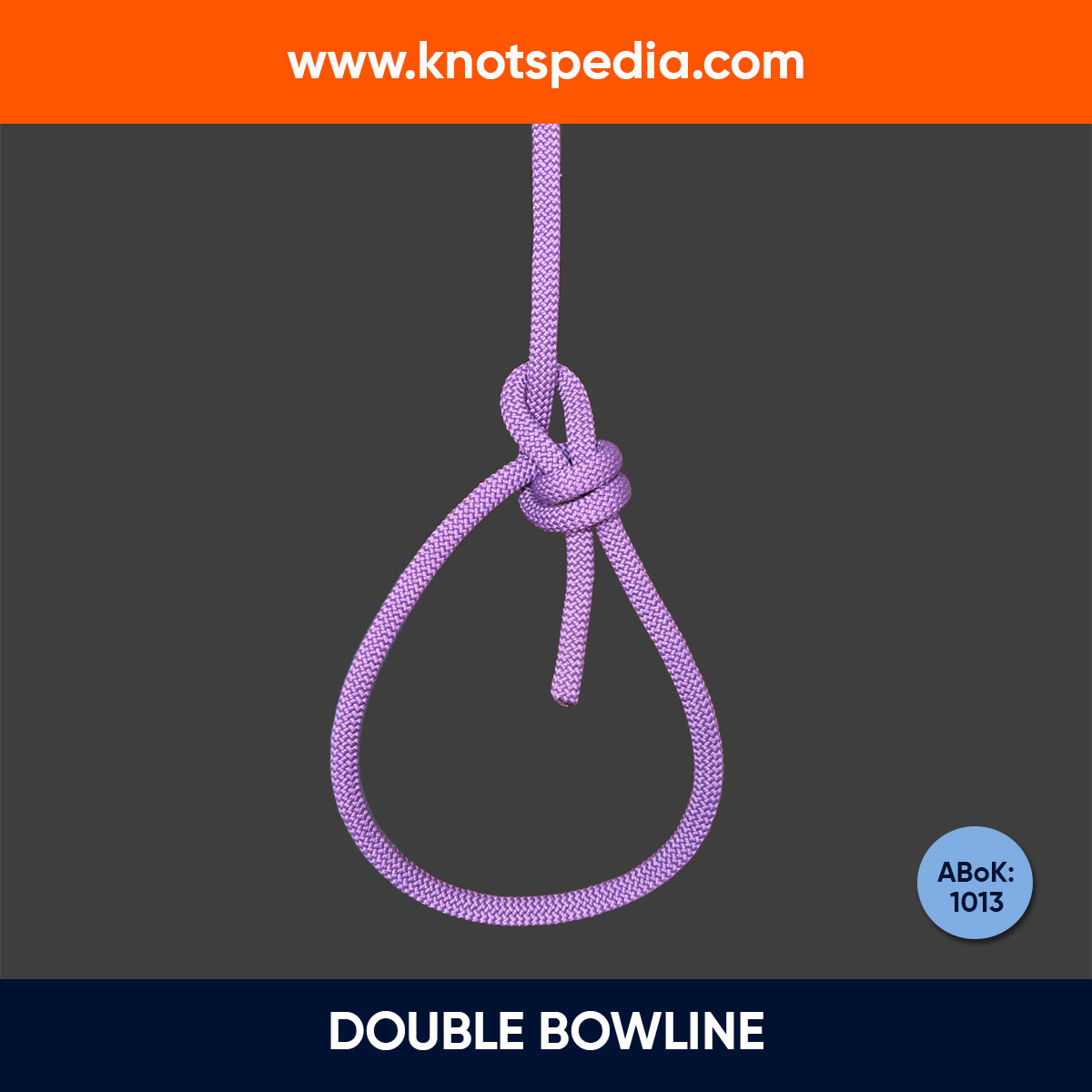
Figure 8 on a Bight
The Figure 8 on a bight forms a Figure 8 loop.
It’s identical to the Figure 8 follow through in structure, but their uses are different.
It’s used when we don’t need to thread the loop or don’t have access to the ends of a rope.
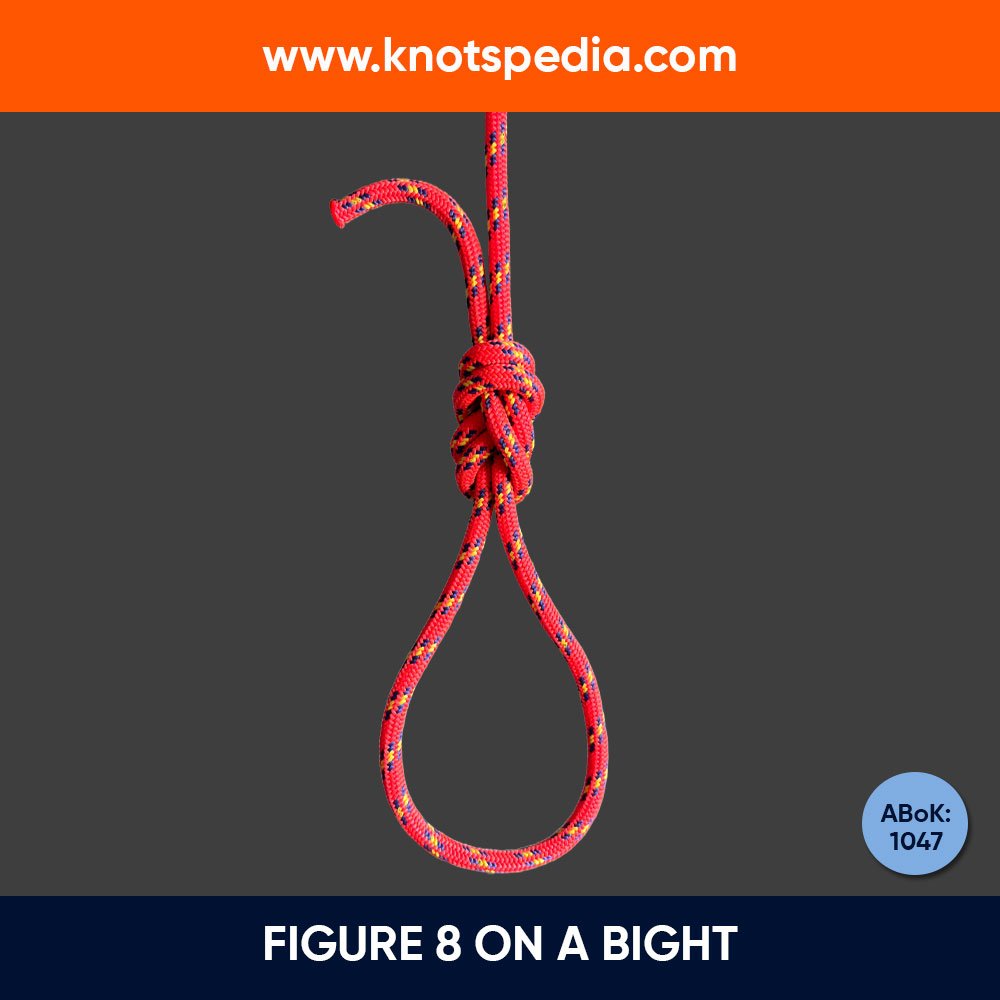
Directional Figure 8
The Directional Figure 8 is used to hold a load in a particular direction only.
It’s used when the load is parallel to the rope and not otherwise.
It’s commonly used to make makeshift handholds or attachment point midrope while climbing.
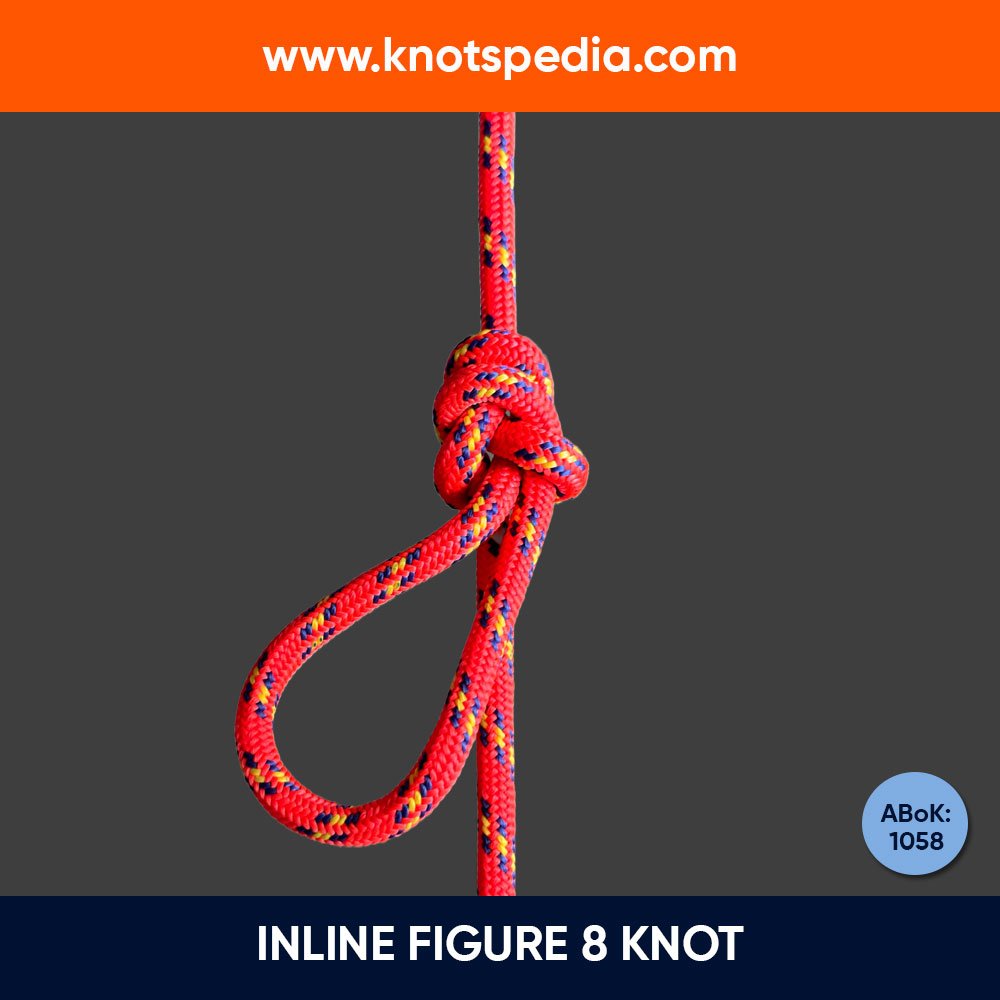
Double Figure 8 Knot
The Double Figure 8 knot has two loops (also known as Bunny ears) instead of one in the standard Figure 8 loop.
It’s used in anchor setups for equalizing the anchors.
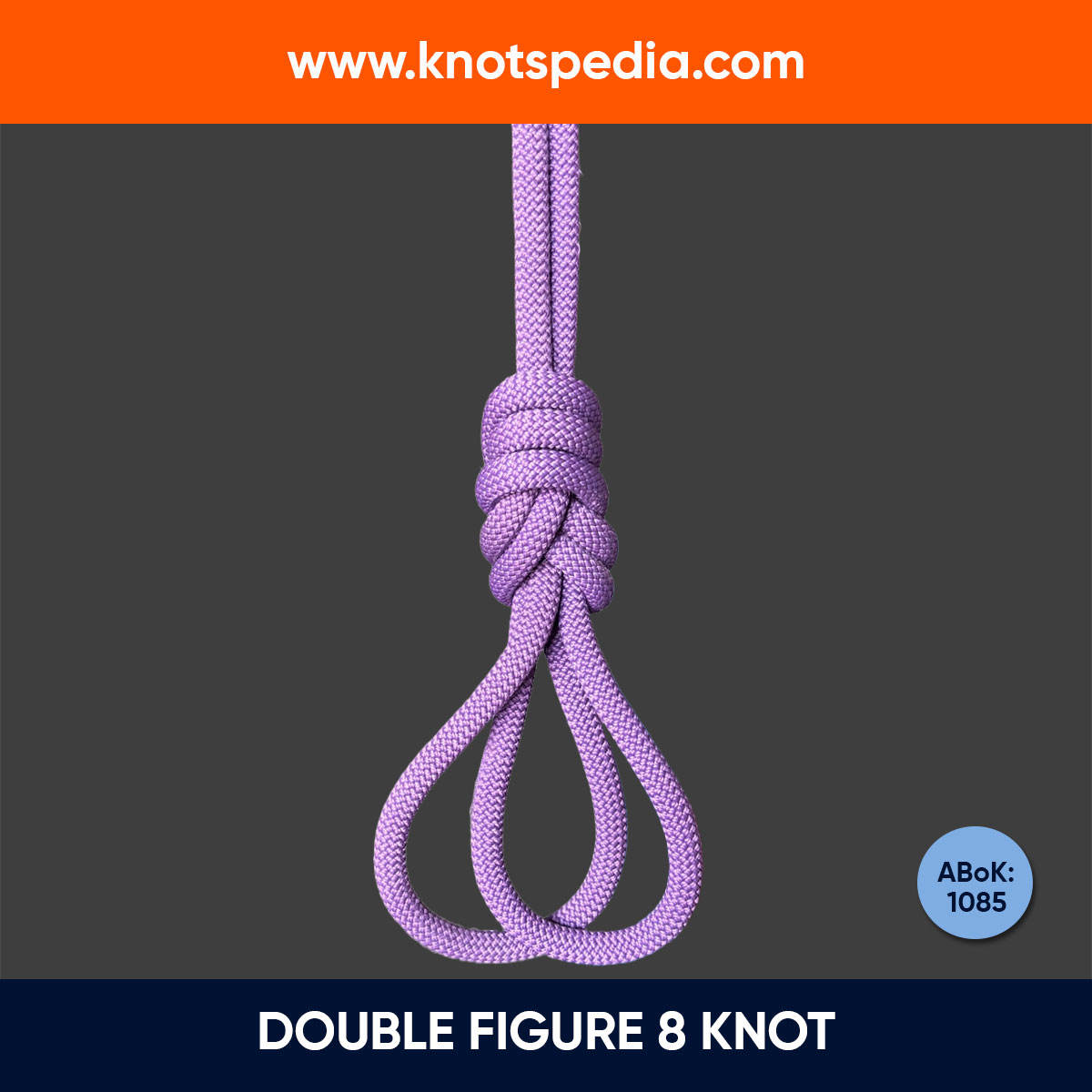
If you have any tips or thoughts, Share them below!
